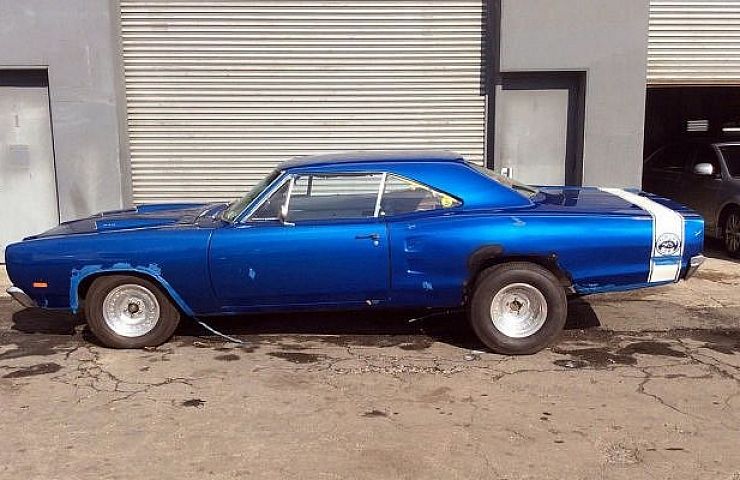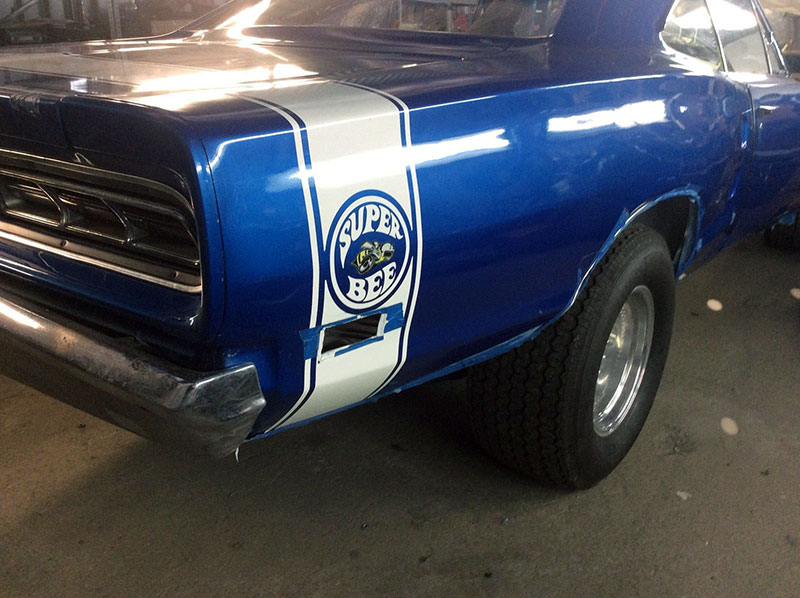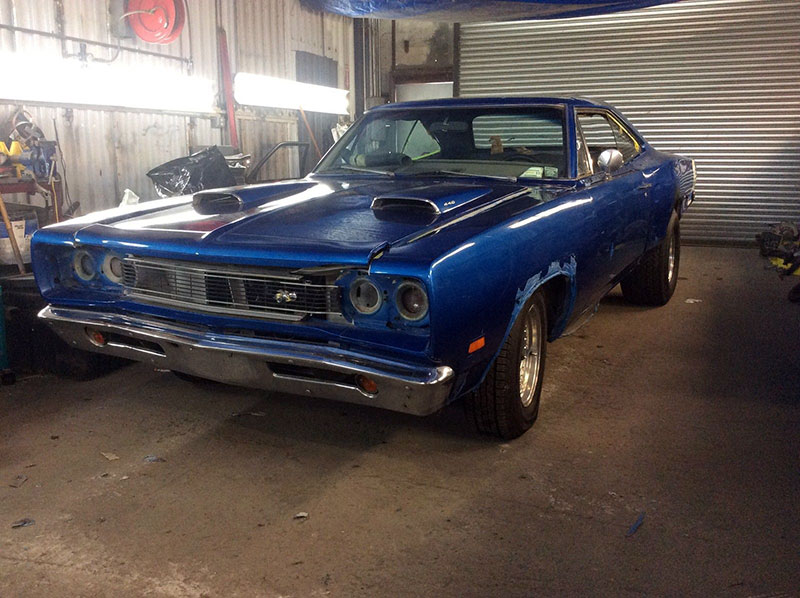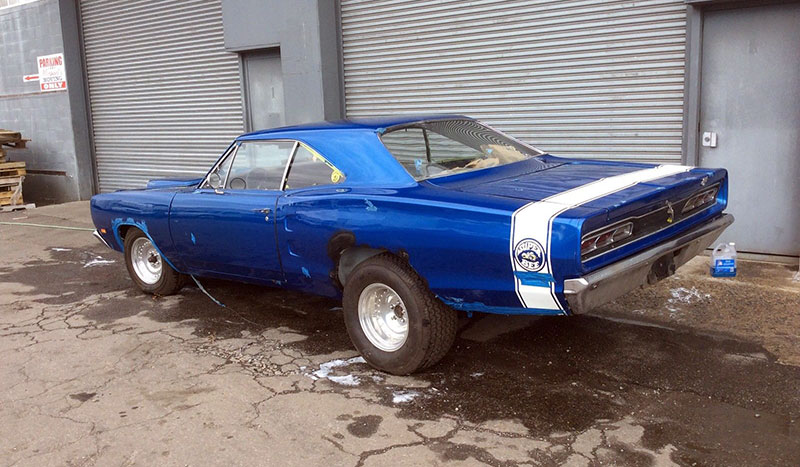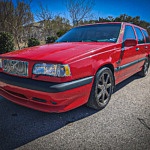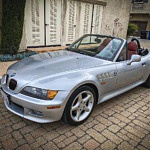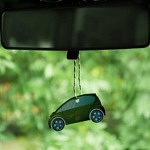One of my biggest all-time regrets was selling the 1968 Dodge Charger I owned before heading off to college. My misgiving is not just about money—the car has tripled in value since then—but that I had established a genuine personal connection with that car, a deeper feeling than I developed with the 600-plus horsepower supercars I’ve driven since. My connection with that car came rushing back to mind when I saw this 1969 Dodge Superbee listed on eBay.
When I took delivery of my 383ci-powered Charger, it was in a similar state to the Superbee now on sale. But instead of the Bee’s sought-after four speed manual gearbox, my Dodge B-Body was equipped with the 727 Torqueflight automatic. Both cars were produced on the Chrysler B-Body architecture. Chargers, Superbees, and Coronets from this era are virtually identical under the bodywork. However, there are substantial differences in the chassis construction between B-Body cars originally equipped with an automatic versus those with manual transmissions installed at the factory, making gearbox swaps much more difficult, time consuming, and essentially unalterable once completed. A car that’s originally equipped with a manual gearbox like this Superbee is a fantastic find.
The story is much the same with the Superbee’s big-block 383ci V8. B-Body Dodges originally powered by small block V8s or inline six-cylinder motors use a different engine support design, which is an integral part of the car’s frame—so swapping in a big block motor into a car that originally had a small block engine isn’t as simple as pulling the old powerplant out and dropping the new one in. It basically requires removing the entire front end of the car.
The Superbee’s dual-snorkel hood incorrectly denotes a 440 motor—an issue that could be remedied by swapping the badges for the correct 383 denotation or, preferably, dropping a built 440-cube monster into the engine bay. Although the seller notes that the car requires body work, it appears to be more or less complete and essentially rust free. And assuming the color combination matches up with the VIN, it’s a looker as well, with the white bumble bee stripe matching the white interior, the latter of which has been removed from the car for reupholstering.
While there’s work to be done to bring this Dodge back to its full former glory, it would be well worth the effort. The powertrain combination along with options like the rally dash, Tic-Toc-Tac, and heavy duty cooling system all add to the car’s desirability. Additionally, some of the costly and laboring-intensive work—like installing new floor pans –has already been completed by the seller.
If you’ve been searching for a well-optioned B-Body Chrysler restoration project that won’t require you to mortgage the house, look no further. Fair warning though: You might have to beat me in a bidding war for it.

